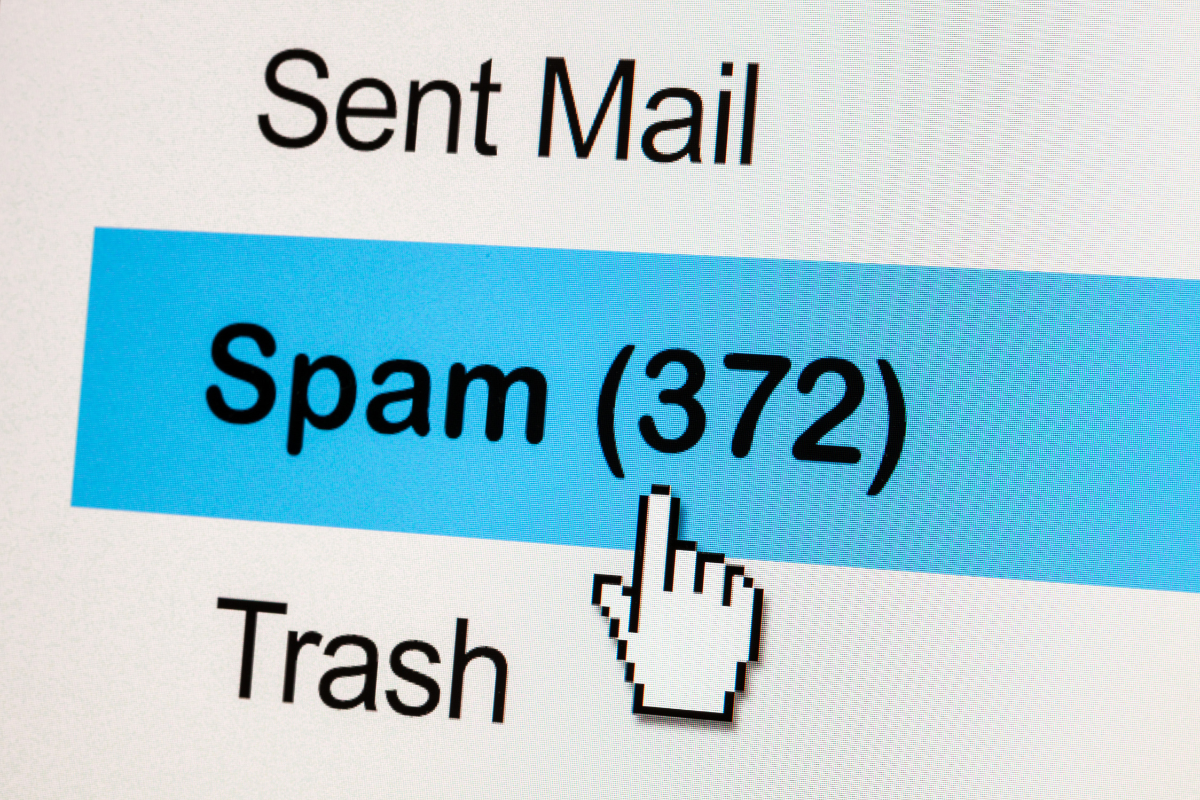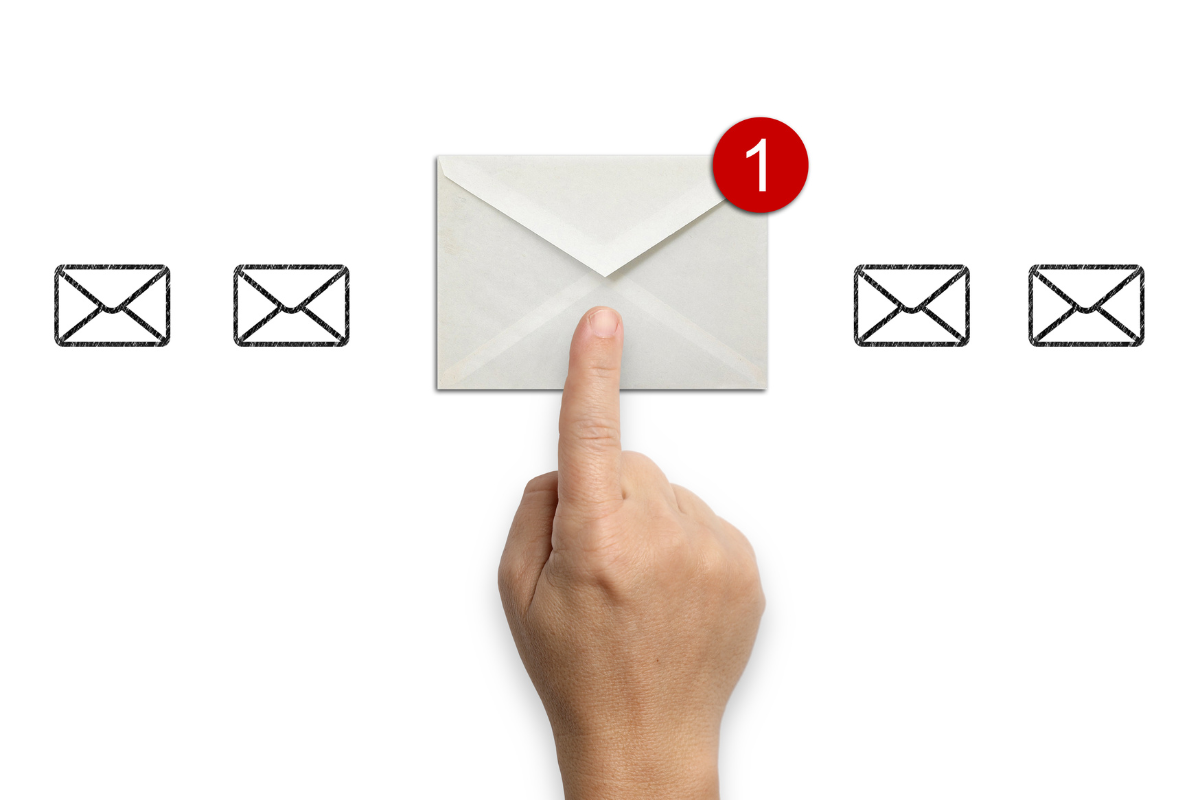Are your WordPress emails stuck in limbo, never reaching their destination? Don’t fret! We’re here to unravel the perplexing mystery behind failed deliveries. In this captivating journey, we’ll delve deep into the reasons behind WordPress emails not sending and uncover the secrets to ensure your messages soar effortlessly into the inboxes of your recipients.
From tangled configurations to hidden culprits, we leave no stone unturned in our quest to reignite the lost spark between your emails and their intended destinations. So say goodbye to the frustration of undelivered messages and join us as we demystify the enigma of WordPress emails not sending.
Don’t Let Your Emails Get Lost!
Common Causes Of WordPress Emails Not Sending

Are your WordPress emails refusing to budge, leaving you in a state of confusion and frustration? Then let’s uncover the common culprits behind the dreaded issue of WordPress emails not sending, ensuring your messages reach their intended recipients without fail.
- Incorrect SMTP Configuration: One of the primary reasons for WordPress emails not sending is an incorrect Simple Mail Transfer Protocol (SMTP) configuration. Double-check the SMTP settings to ensure they are accurate.
- Spam Folder Issues: Emails from WordPress might end up in the recipient’s spam folder due to poor email authentication settings or suspicious content. Review the email content and authentication methods to avoid this issue. Get yourself familiar with some fake email signs to avoid.
- Plugin Compatibility Problems: Certain plugins can conflict with the email sending functionality of WordPress, leading to failed email deliveries. Disable recently installed plugins or ones known to cause conflicts.
- Server Configuration Errors: Improper server settings or restrictions can prevent WordPress from sending emails successfully. Contact your hosting provider to resolve server configuration issues affecting email delivery.
- Email Service Provider Restrictions: Some email service providers impose limits on the number of emails sent from WordPress, causing delivery failures. Monitor email sending limits and consider using a dedicated email service for bulk emails.
By addressing the common causes behind WordPress emails not sending, you can now navigate this issue with ease. With a clear understanding of the potential roadblocks, you’ll be equipped to troubleshoot and resolve any hurdles, ensuring smooth and reliable email delivery through your WordPress platform. Say goodbye to the hassles of undelivered messages and embrace a seamless email experience on your WordPress site.
Checking Your Email Configuration Settings In WordPress
Are you uncertain about the email configuration settings on your WordPress site? Then we’ll walk you through the steps to check and verify your email settings, ensuring seamless communication and reliable delivery of emails.
- Accessing Email Configuration Settings in WordPress: To troubleshoot WordPress emails not sending, first, log in to your WordPress dashboard.
- Navigate to the Settings Section: Click on “Settings” and select “WP Mail SMTP” or “Email” to configure WordPress email settings.
- SMTP Configuration: Enter the WordPress SMTP server details provided by your email provider in the designated fields.
- Authentication and Encryption: Ensure to set the authentication to “Yes” and choose the appropriate encryption method (SSL/TLS).
- Testing Email Delivery: Use the “Test Email” feature to verify if your WordPress emails are now successfully sent.
- Debugging for Errors: If emails are still not sending, check the error logs for any specific issues or error messages.
- Third-Party Plugins: Disable any conflicting plugins that might be hindering email delivery.
- Contacting Support: If problems persist, reach out to your hosting provider or email service support for further assistance.
With these straightforward steps to check your email configuration settings, you can confidently ensure that your WordPress site is optimized for efficient and effective email communication. By verifying and fine-tuning these settings, you’ll keep the lines of communication open and experience hassle-free email delivery on your WordPress platform.
Troubleshooting Email Delivery Issues With SMTP Plugin

Tired of your emails vanishing into thin air? Say goodbye to delivery woes! Let’s unleash the secret weapon – an SMTP plugin. Get ready to troubleshoot email delivery issues like a pro and ensure your messages reach the right inbox every time.
- Check SMTP Configuration: Ensure that your SMTP plugin settings are correctly configured with the right server, port, username, password, and encryption method to avoid any email delivery disruptions.
- Verify Sender Email Address: Confirm that the sender email address specified in the SMTP plugin matches the domain of your website to prevent emails from being marked as spam.
- Monitor Email Logs: Regularly check the email logs within your SMTP plugin to track the status of outgoing emails and identify any errors or delivery issues that need attention.
- Test Email Delivery: Send test emails to different email addresses, including your own, to see if they are successfully delivered and received without any delays or errors.
- Review Spam Filters: Be mindful of spam filters that might be blocking your emails. Adjust the content and formatting of your emails to avoid triggering spam filters and improve deliverability.
- Consult Support: If troubleshooting on your own doesn’t resolve the email delivery problems, reach out to the plugin’s support team for assistance in diagnosing and fixing the issues.
With the powerful tool of an SMTP plugin in your arsenal, you can conquer the vexing problem of email delivery issues once and for all. Implement the troubleshooting techniques shared in this guide to enjoy seamless communication, delivering your messages with precision and reliability. Say hello to a stress-free email experience on your WordPress site starting today!
Verifying Domain And DNS Settings For Email Authentication
Unleash the power of domain and DNS settings for foolproof email authentication. Let’s delve into the world of email verification, equipping you with the tools to ensure secure and authenticated email delivery. Follow these steps to authenticate your email properly:
- Access Domain Registrar Account: Log in to your domain registrar account where your domain is hosted.
- Identify DNS Settings: Locate the DNS settings section in your account to manage your domain’s records.
- Add SPF Record: Include a Sender Policy Framework (SPF) record to specify which servers are authorized to send emails on behalf of your domain.
- Set Up DKIM: Implement DomainKeys Identified Mail (DKIM) to add a digital signature to your emails, enhancing security and authenticity.
- Configure DMARC: Create a Domain-based Message Authentication, Reporting, and Conformance (DMARC) policy to receive email delivery reports and protect your domain from spoofing and phishing.
By harnessing the potential of domain and DNS settings for email authentication, you fortify your email infrastructure, establish credibility, and overcome the hurdles of spam filters. Take control of your email deliverability, bolster WordPress security, and unlock a world of reliable communication.
Exploring Spam Filters And Email Deliverability Challenges

Uncover the secrets behind email black holes and arm you with the knowledge to navigate the treacherous waters of inbox placement.
- Understanding Spam Filters: WordPress emails not sending can often be attributed to spam filters. These filters are designed to prevent unwanted emails from reaching recipients’ inboxes.
- Factors Affecting Email Deliverability: Several factors affect email deliverability, including sender reputation, email content, and engagement rates.
- The Role of SPF and DKIM: Setting up SPF (Sender Policy Framework) and DKIM (DomainKeys Identified Mail) records can help authenticate your emails, improving their chances of bypassing spam filters.
- Checking Email Logs: Monitoring your email logs in WordPress can provide insights into delivery issues, such as failed delivery attempts or errors.
- Optimizing Email Content: Crafting engaging and relevant email content not only improves user engagement but also signals to spam filters that your emails are legitimate.
- Testing Deliverability: Regularly test the deliverability of your WordPress emails by sending test emails to various email providers to ensure they are reaching recipients’ inboxes.
- Seeking Professional Help: If email deliverability issues persist, consider seeking assistance from email deliverability experts or WordPress support forums for further troubleshooting.
By unraveling the complexities of spam filters and understanding email deliverability challenges, you hold the power to overcome barriers and ensure your messages land in the coveted inbox. Stay ahead of the game, triumph over deliverability obstacles, and watch your email engagement soar to new heights.
Monitoring Email Logs And Error Messages For Insights
Gain valuable insights into your email system by monitoring email logs and error messages. In this concise guide, we’ll show you how to decode these messages and uncover the secrets to improving your email delivery.
- Check Email Logs Regularly: Set up monitoring tools to keep track of all outgoing emails from your WordPress site. This way, you can identify any failed delivery attempts promptly.
- Analyze Error Messages: Pay close attention to error messages related to email delivery failures. Understanding these messages can provide valuable insights into the root cause of the problem.
- Look for Patterns: Keep an eye out for any recurring issues in your email logs. Identifying patterns can help you pinpoint common factors contributing to failed email deliveries.
- Troubleshoot Proactively: Use the information gathered from monitoring email logs and error messages to proactively troubleshoot issues with email delivery on your WordPress site.
- Stay Informed: Stay updated on best practices for email delivery in WordPress to prevent future issues with sending emails successfully. Regularly monitoring email logs and error messages is key to maintaining a reliable email delivery system.
By diligently monitoring email logs and error messages, you can diagnose issues, fine-tune your email system, and ensure efficient email delivery. Stay one step ahead of potential problems, optimize your communication channels, and unlock the full potential of your email platform.
Implementing Best Practices For Reliable Email Delivery In WordPress

Unlock the key to reliable email delivery on your WordPress platform. In this comprehensive guide, we reveal top-notch best practices that guarantee your messages reach their destination, ensuring seamless communication and enhanced user engagement.
- Use a Reliable Email Service Provider: Opt for a reputable email service provider to ensure reliable email delivery for your WordPress website.
- Set Up Proper Authentication: Configure SPF, DKIM, and DMARC to authenticate your emails and improve deliverability.
- Monitor Email Deliverability: Regularly check your email delivery reports and address any issues promptly.
- Avoid Spam Triggers: Craft your emails carefully to prevent triggering spam filters and ensure they reach the recipient’s inbox.
- Optimize Email Content: Keep your emails concise, engaging, and relevant to increase the chances of successful delivery.
- Update WordPress and Plugins: Regularly update your WordPress platform and email-related plugins to maintain optimal functionality.
- Test Email Delivery: Send test emails to various accounts, including different email providers, to verify successful delivery.
- Seek Professional Help: Consult with experts if you encounter persistent email delivery issues despite following best practices.
By implementing these best practices for reliable email delivery in WordPress, you’ll establish a solid foundation for effective communication, build trust with your audience, and maximize the impact of your messages. Embrace these strategies, conquer email delivery challenges, and enjoy a seamless and successful email experience on your WordPress site.
Seeking Professional Help For Persistent Email Delivery Problems
Baffled by persistent email delivery problems? Step into the realm of professional WordPress assistance. Here, we explore the benefits of seeking expert help to unravel the mysteries and ensure your messages reach their intended recipients.
- Specialized Knowledge: Professionals have in-depth knowledge of email delivery systems like WordPress, ensuring accurate diagnosis and effective solutions for issues like WordPress emails not sending.
- Advanced Tools: Experts utilize advanced tools to analyze email delivery problems, identifying root causes quickly and efficiently.
- Custom Solutions: Professionals can tailor solutions to your specific email delivery challenges, addressing failed deliveries effectively.
- Time-Saving: Seeking help from experts can save you time troubleshooting complex email problems, allowing you to focus on other aspects of your business.
- Preventive Measures: Professionals not only fix current issues but also implement preventive measures to avoid future email delivery problems, ensuring smooth communication with your audience.
Don’t let persistent email delivery problems hold you back any longer. Embrace the power of professional help and bid farewell to the frustrations of undelivered messages. With expert guidance, you can overcome obstacles, optimize your email delivery, and unlock a seamless communication experience.
Breaking The Silence: Revive Your WordPress Emails And Start Connecting Again!

WordPress emails not sending? Look no further than Newman Web Solutions – your ultimate partner in resolving this issue, together with a wide range of other WordPress services.
With our expert knowledge and experience, we offer tailored solutions and unrivaled support to ensure your website runs seamlessly. From addressing email hiccups to optimizing your WordPress setup, our expert team has got your back.
Say goodbye to the frustrations of undelivered emails and other WordPress headaches. Unlock the benefits of our free marketing strategy session and uncover the full potential of your WordPress website today!






